Have you ever wondered the age of Earth? It's 4.543 billion years. This life-giving planet has seen so many ages come and go, witnessing the rise and fall of species, the shifting of continents, and the evolution of life over billions of years.
During this evolution, this planet was once the homeland of the world’s largest snake in the world. Titanoboa. This largest snake in the world used to live 60–58 million years ago in what's now called Colombia. Its fossil was discovered in the early 2000s.
But in 2005, a million-year-old fossil was discovered in the Kutch district of Gujarat, India. This fossil was analysed by experts, and their analysis suggests that this was the fossil of Vasuki Indicus, which turned out to be one of the largest snakes that ever existed on Earth.
However, between them, who is the largest snake that lived on Earth and was considered the apex predator? Let’s find out.
Check Out| What Causes Snakes to Shed Their Skin? Why Is It Essential For Their Survival?
Largest Snake in History: Titanoboa, The Apex Predator! How Was It Discovered?
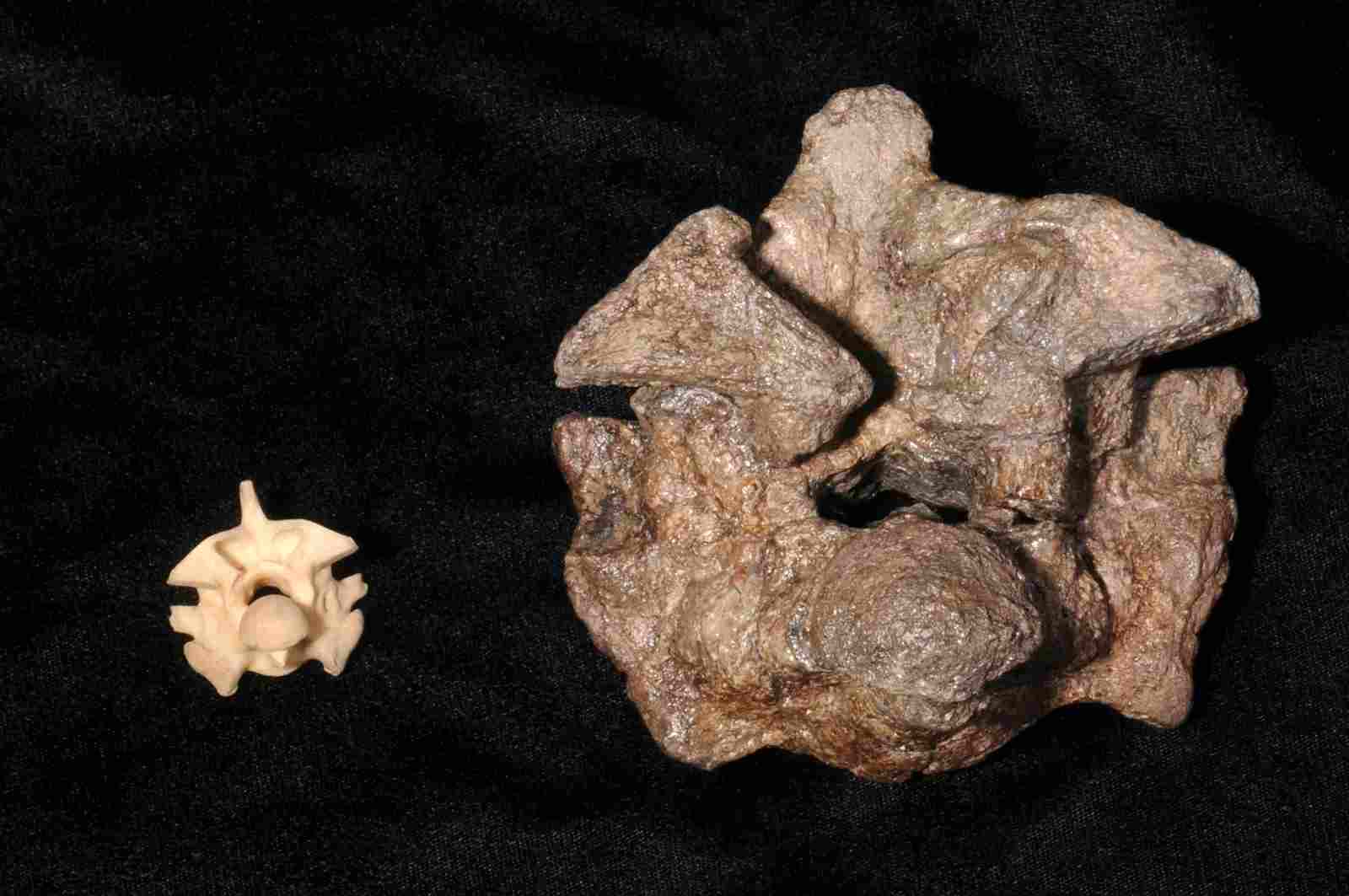
Source: Britannica
Titanoboa is considered to be the world’s largest snake to ever live on Earth. It was estimated to be 45–50 feet long, 3 feet wide, and weighed over a tonne. This means it was longer than a standard school bus, which is typically around 40 feet.
If you lined up six average-sized adult humans (each about 5.5 to 6 feet tall), it would still be shorter than Titanoboa. Additionally, it was as thick as an oil drum. It weighs around 1.25 tonnes (2,500 pounds or 1,135 kg), which is as heavy as a Mini Cooper.
Although it didn’t carry any venom inside it, its crushing power was immense. It could exert a force of 400 psi (pounds per square inch), similar to a crocodile’s bite.
It was discovered in 2009 by a group of palaeontologists and geologists who set out to explore the Cerrejón coal mines in La Guajira, Colombia, one of the world's largest open-pit coal mines.
Their mission? To find fossils of ancient plants and reptiles that thrived in the Paleocene epoch—the period right after the dinosaurs went extinct, about 60 million years ago.
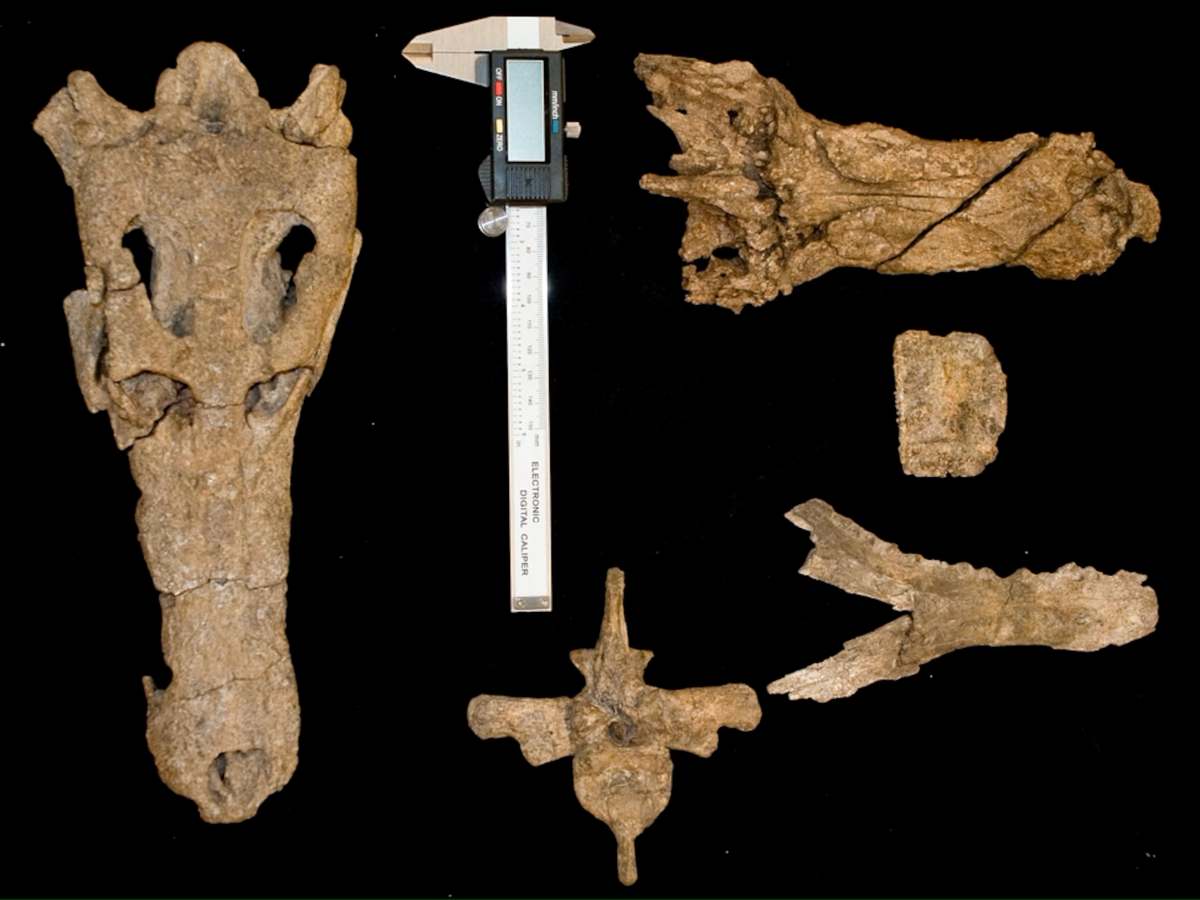
Source: Florida Museum of Natural History
As the team was carefully examining fossilised plant remains and early reptiles, they stumbled upon something unusual—massive vertebrae and rib bones buried deep within the coal deposits. At first, they thought the bones might belong to a prehistoric crocodile.
But upon closer inspection, the fossils resembled the backbone of a snake—just much larger than any snake ever recorded. The scientists quickly realised they had uncovered something groundbreaking!
Palaeontologists Jonathan Bloch, a fossil expert from the University of Florida, and Carlos Jaramillo, a paleobotanist from the Smithsonian Tropical Research Institute, led the analysis of the fossils.
- The vertebrae were almost twice the size of those found in today’s largest snakes, such as anacondas and pythons.
- After careful study, they reconstructed the snake's size, estimating that it was 42 to 50 feet (12.8 to 15 meters) long and weighed over 2,500 pounds (1.1 tonnes).
- The team named the species Titanoboa cerrejonensis, meaning “Titanic Boa from Cerrejón.”
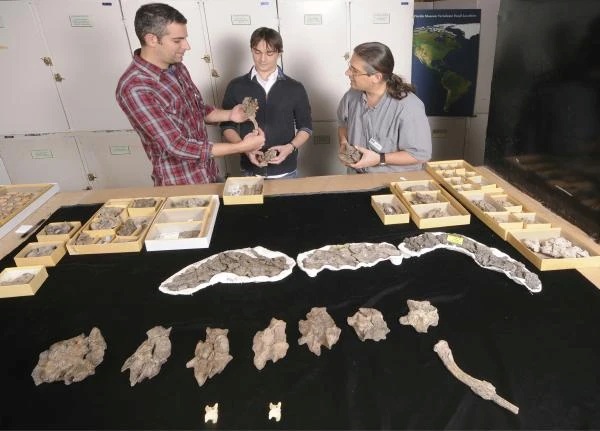
Source: Fossil Wiki
After the discovery was confirmed, the scientists published their findings in 2009 in the journal Nature. The news spread like wildfire, with media outlets worldwide covering the story.
National Geographic, BBC, and Discovery Channel all highlighted the discovery, calling Titanoboa "the largest snake to have ever lived."
Later, a full-scale model of Titanoboa was created and displayed at the Smithsonian Museum of Natural History, allowing the public to witness the sheer size of this prehistoric giant.
The discovery of Titanoboa’s fossil wasn’t just a lucky find—it was a game-changer in palaeontology.
It revealed a lost world where giant snakes ruled the rainforests and proved that prehistoric creatures could be even bigger and scarier than we ever imagined!
For You| India’s Top 10 Venomous Snakes, Check List Here
Meet Vasuki Indicus: The Largest Snake Fossil Ever Found—Larger Than Titanoboa!
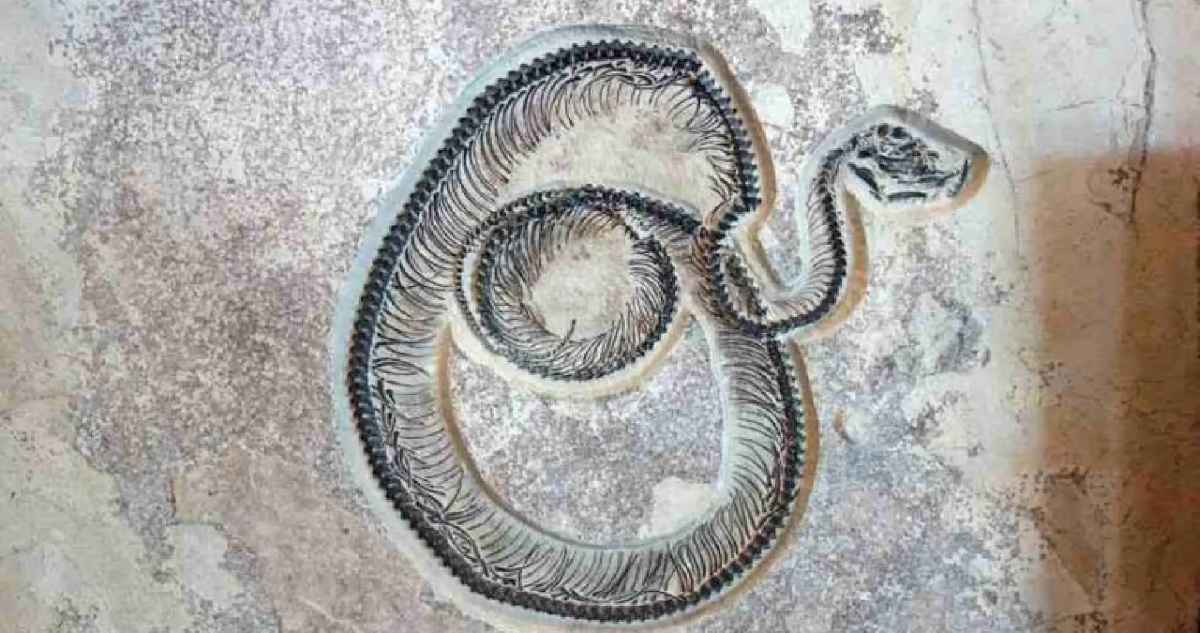
Source: Pune. News
You may have heard of the term ‘Vasuki’ in the Vedas and mythology. It was a serpent king, which is wrapped around the neck of the Lord Shiva. Although many people used to think it was a mythological creature.
However, everything changed when a fossil was discovered in 2005 at the Panadhro Lignite Mine in the Kutch district, Gujarat, India. Researchers unearthed 27 well-preserved vertebrae of an unknown snake species.
According to Sunil Bajpayee, chair professor in IIT Roorkee's Department of Earth Sciences, he thought that it was the fossil of a crocodile due to its massive size. But after thorough study, it turned out to be the biggest in its family and possibly one of the biggest and similar to Titanoboa.
It took the researchers 9 years to study this unknown fossil and then confirm that it belonged to a new species of giant snake, which they named Vasuki Indicus, marking a groundbreaking discovery in palaeontology.
The groundbreaking findings were published in the journal Scientific Reports on April 18, 2024. The study detailed the snake's estimated length of up to 15 meters (49 feet) and its significant contribution to understanding prehistoric biodiversity in India.
When naming this unknown species of snake, the research team came up with ‘Vasuki’ since this fossil’s gigantic size, features, and resemblance were relevant to it.
And if you don’t know about Vasuki, he is the divine serpent king. According to Hindu scriptures, Vasuki is a giant, powerful serpent that coils around Lord Shiva’s neck.
It also played a key role in the Samudra Manthan (churning of the ocean), where it was used as a rope to churn the ocean for nectar (Amrit). Given the snake’s massive size and significance, the name Vasuki was considered appropriate.
Following the publication, major news outlets worldwide, including Reuters, CNN, and The Guardian, reported on the discovery, highlighting the snake's massive size and its implications for paleontological research.
Discover| Which 5 Animals Live for 100 Years? The Longest-Living Animal on Earth Revealed
World’s Largest Snake Fossil: Vasuki Indicus vs Titanonboa
The discovery of Vasuki indicus and Titanoboa has shed light on two of the largest snakes to have ever existed. Here's a comparison of these prehistoric giants:
Vasuki Indicus
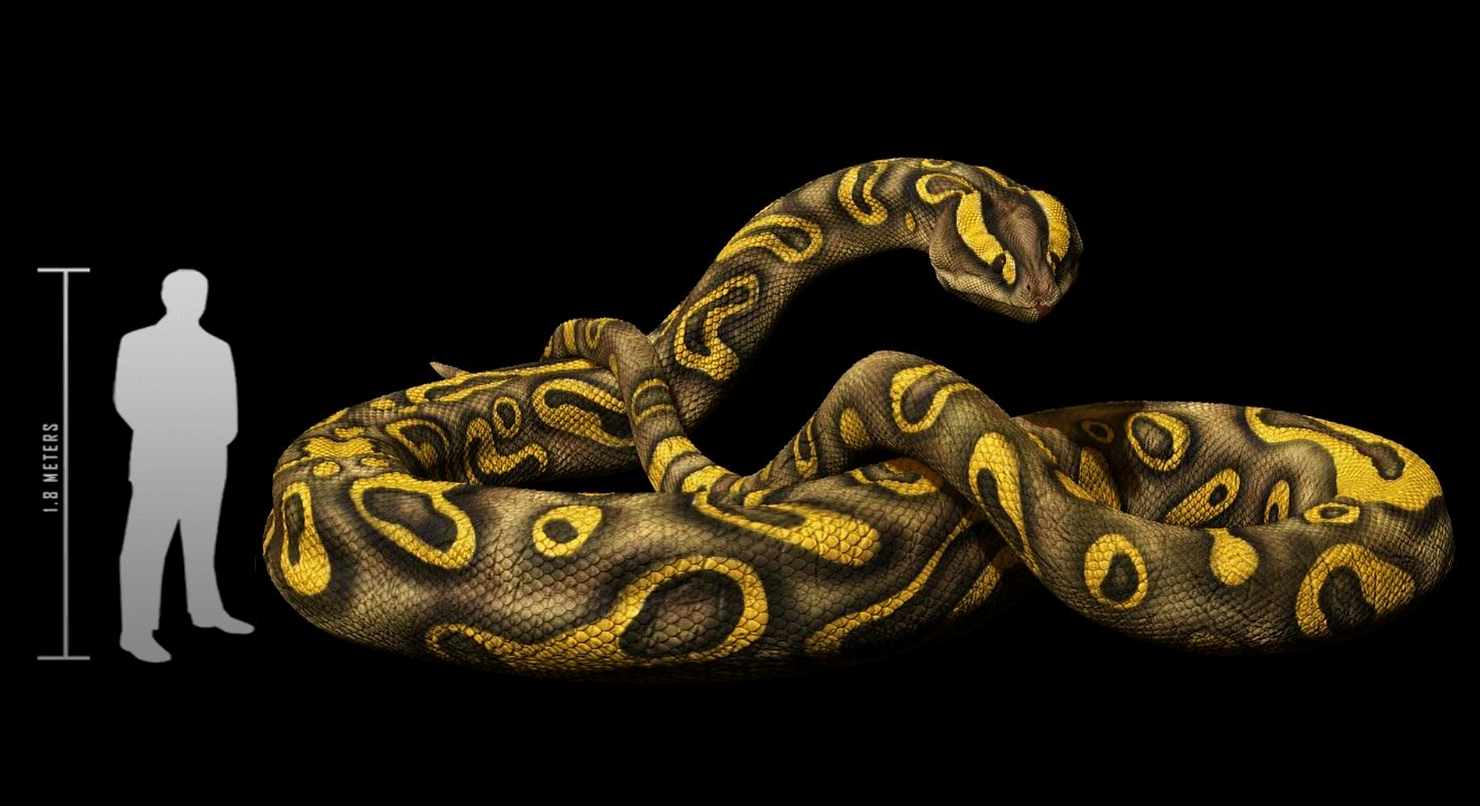
Source: The Brighter Side
- Discovery Location: Panandhro Lignite Mine, Kutch district, Gujarat, India.
- Age: Lived around 47 million years ago during the early Middle Eocene epoch.
- Size: Estimated length between 11 and 15.2 meters (36-49 feet).
- Weight: Estimated to be about one metric ton.
- Family: Belongs to the Madtsoiidae family, an extinct group of terrestrial snakes.
- Habitat: Likely inhabited marshy swamps near the coast.
- Predation Style: Slow-moving ambush predator, similar to modern anacondas.
Titanoboa
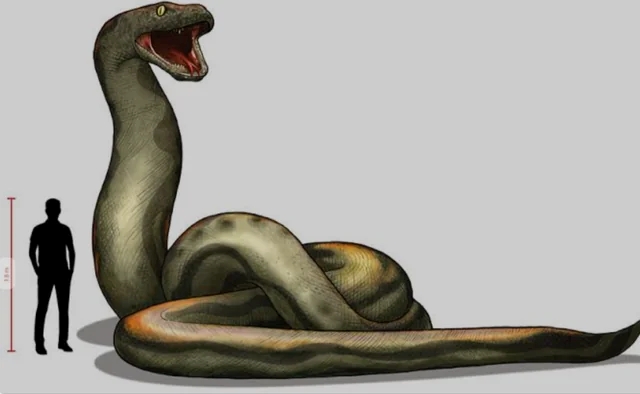
Source: reddit
- Discovery Location: Cerrejón coal mines, La Guajira department, northeastern Colombia.
- Age: Lived approximately 58–60 million years ago during the Paleocene epoch.
- Size: Estimated length between 12.8 and 14.3 meters (42-47 feet), with some estimates up to 15.2 meters.
- Weight: Estimated to weigh between 730 and 1,135 kg (1,610-2,500 pounds).
- Family: Belongs to the Boidae family, closely related to modern boas and anacondas.
- Habitat: Thrived in tropical rainforests, likely semi-aquatic.
- Predation Style: Apex predator, primarily feeding on fish.
Comparison
- Size: Both snakes are among the largest known, with Vasuki indicus possibly reaching lengths comparable to or slightly exceeding Titanoboa in some estimates.
- Weight: Titanoboa is generally considered heavier due to its larger vertebrae and robust build.
- Habitat and Diet: Vasuki indicus likely preyed on terrestrial animals like crocodilians, while Titanoboa was a semi-aquatic predator focusing on fish.
- Family and Evolution: Vasuki indicus belongs to the extinct Madtsoiidae family, whereas Titanoboa is part of the Boidae family, which includes modern boas and anacondas.
Titanoboa vs Vasuki Indicus: Who is Bigger?
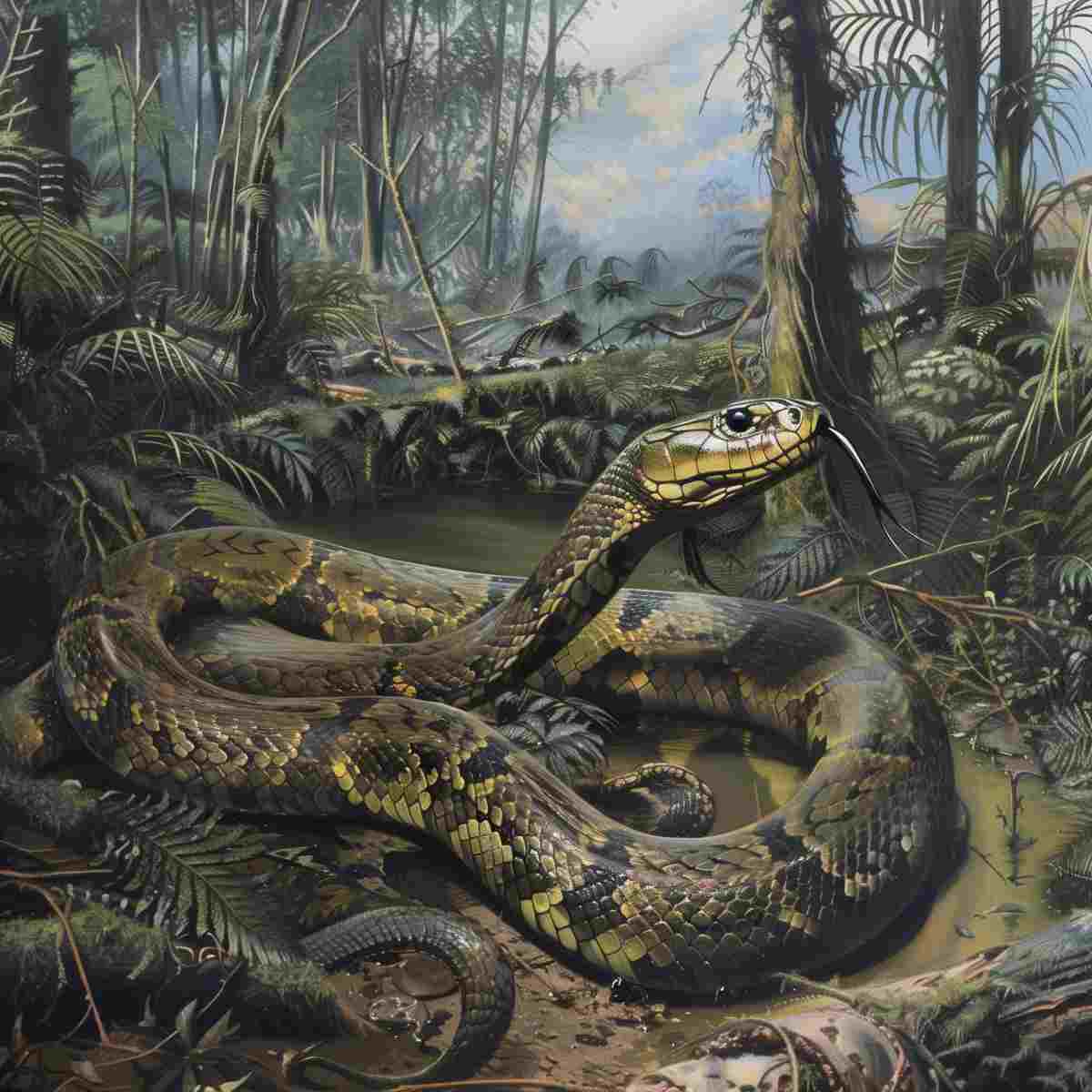
Source: Chegg India
Vasuki indicus is currently regarded as larger than Titanoboa based on recent fossil discoveries.
While Titanoboa, found in Colombia, was previously the largest known snake with an estimated length of 12.8–14.3 meters (42–47 feet), Vasuki indicus, unearthed in India, has been estimated to reach lengths of up to 15 meters (50 feet), exceeding Titanoboa by approximately 2 meters (6.5 feet) at its maximum size limit.
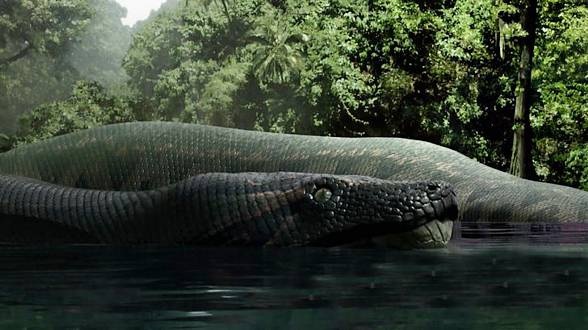
Source: DinoAnimals.com
It's exciting to consider that while Vasuki indicus may have been longer, Titanoboa showcased larger and more robust vertebrae, suggesting that it was likely heavier and bulkier overall.
What's Next| Top 10 Pre-Historic Animals That Are Still Alive Today
Comments
All Comments (0)
Join the conversation